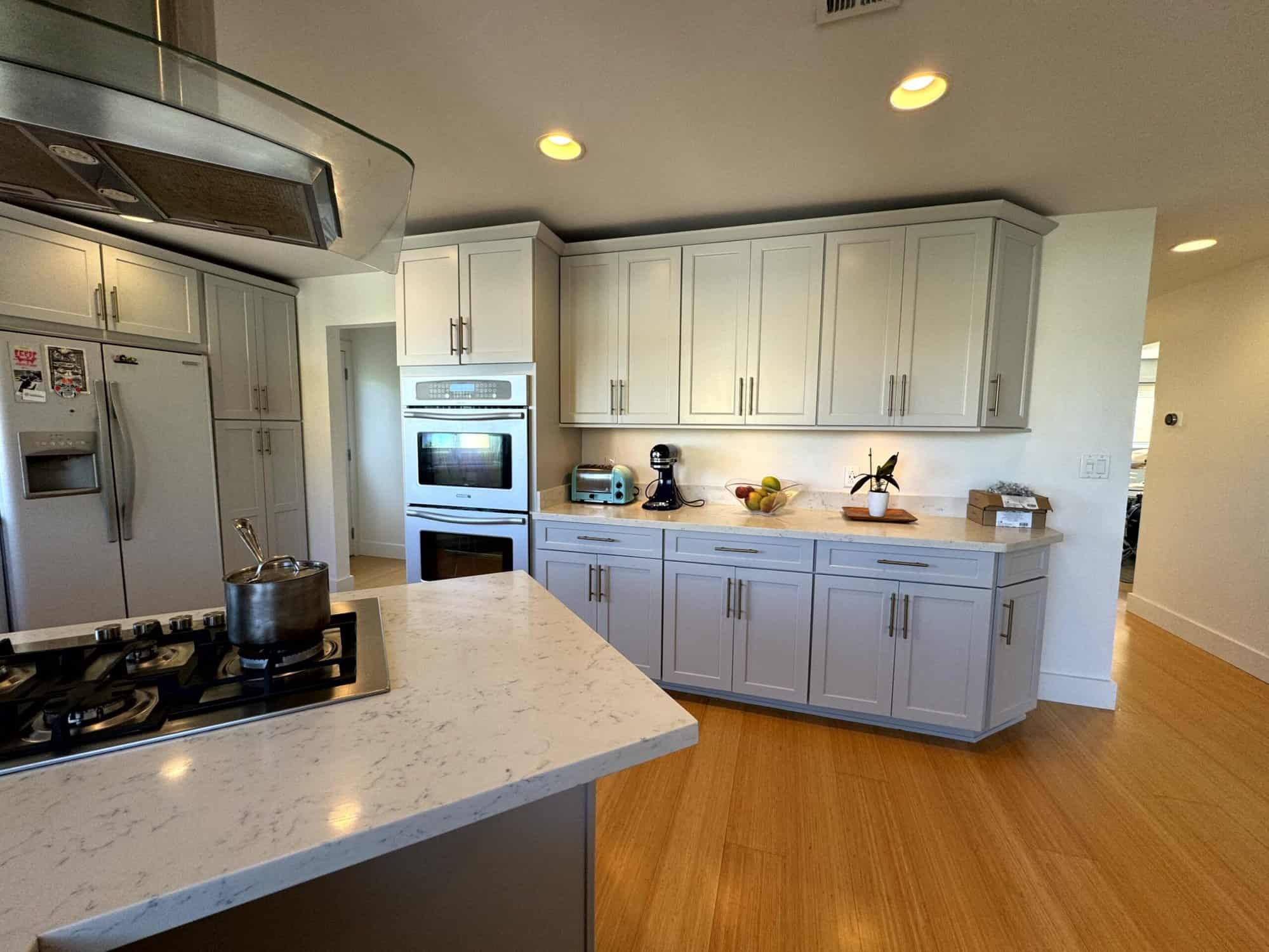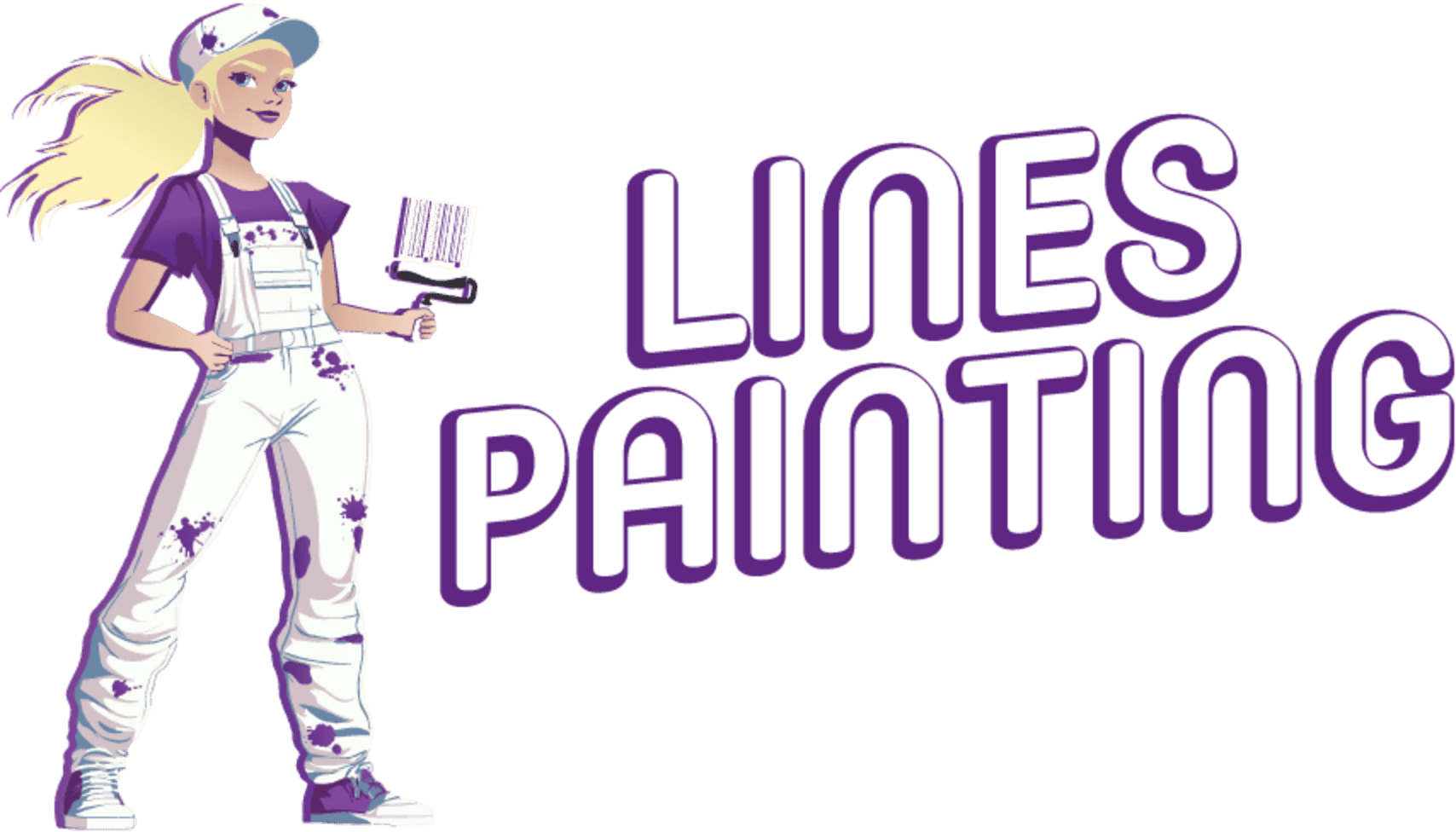If you’re preparing for cabinet painting in Kirkland, WA, the most important part of the process is following the right steps for sanding cabinets. Sanding might seem like a small step, but it’s what separates a smooth, professional finish from a rough, peeling paint job. Skipping or rushing through sanding can lead to frustration, wasted time, and a cabinet makeover that doesn’t hold up.

A friend of mine recently decided to refresh her kitchen with a new paint color. She was so excited to get started that she barely sanded her cabinets. A few weeks later, she noticed the paint chipping near the handles. Every time she grabbed a cabinet door, another little piece of paint flaked off. She had to redo the whole project—this time, sanding properly. Don’t make that mistake! Follow these seven steps to get cabinets that look professionally done and last for years.
Key Takeaways
7 Essential Steps for Sanding Cabinets
Step 1: Remove Cabinet Doors, Drawers, and Hardware
Sanding cabinets while they’re still attached is asking for trouble. Removing the doors, drawers, and all hardware makes the process easier and ensures a cleaner, more even finish.
A simple trick to keep things organized: Label each door and drawer with painter’s tape so reassembly is a breeze.
Step 2: Clean the Cabinets First
Before you even touch sandpaper, your cabinets need a thorough cleaning. Over time, they collect layers of grease, dust, and cooking residue—especially in the kitchen. Sanding over grease will clog your sandpaper and keep paint from sticking properly.
A mix of warm water and dish soap is usually enough, but for heavy buildup, a degreaser or vinegar and baking soda can work wonders. Once everything is clean, let the cabinets dry completely before moving on.

Step 3: Choose the Right Sandpaper Grit
Not all sandpaper is the same, and choosing the wrong grit can make sanding harder than it needs to be. Here’s a quick guide:
| Grit | Purpose |
|---|---|
| 60-80 grit | Best for stripping off old, thick layers of paint. |
| 100-120 grit | Good for smoothing out rough wood and prepping glossy surfaces. |
| 150-180 grit | Helps remove small imperfections and preps the surface for primer. |
| 220 grit | Creates a fine, smooth surface ready for paint. |
| 320 grit | Ideal for sanding between coats for a polished final finish. |
For intricate cabinet details, a sanding sponge is a great tool. For large, flat surfaces, an orbital sander can make the process faster and more efficient.
Step 4: Sand in the Right Direction
Sanding isn’t just about rubbing sandpaper back and forth. Always sand in the direction of the wood grain to avoid visible scratches. If your cabinets have multiple layers of old paint, using a heat gun can help loosen the old finish before sanding. Just be careful—some materials don’t handle heat well.
Start with a coarser grit and work your way to a finer grit for the smoothest finish.
Step 5: Get Rid of All Sanding Dust
Even the smallest dust particles can ruin your final paint job. Before moving on to primer, make sure to:
Skipping this step can leave your paint feeling rough and uneven.
Step 6: Prime the Cabinets for a Durable Finish
A good primer makes a huge difference in cabinet painting. It improves paint adhesion, prevents stains from bleeding through, and helps the final color look more even. Choose a high-adhesion primer designed for cabinets.
For the smoothest finish, use a sprayer or foam roller instead of a brush. Once the primer dries, give it a light sanding with 320-grit sandpaper for the best surface before painting.

Step 7: Lightly Sand Between Coats for a Professional Look
This is the step that makes all the difference. Lightly sanding between coats of primer and paint smooths out any imperfections and helps the layers bond better.
Use fine 320-grit sandpaper or a sanding sponge, then wipe away the dust before applying another coat. This extra effort will give you that factory-finish look.
Why Proper Sanding is Worth It
Skipping or rushing through the steps for sanding cabinets can lead to peeling paint, uneven surfaces, and visible brush strokes. Taking the time to do it right ensures a smooth, professional-quality finish that lasts for years.
If sanding and painting sounds like too much work, hiring an expert cabinet painter can save time and guarantee amazing results.

Lines Painting: Your Trusted Cabinet Painting Experts in Kirkland, WA
Sanding and painting cabinets is a detailed process, but you don’t have to do it alone. If you want expert results without the stress, the professionals at Lines Painting are ready to help.
We specialize in cabinet painting in Kirkland, WA, delivering flawless, long-lasting finishes with precision and care. Whether you’re in Kirkland, Bellevue, or Woodinville, we’ll make sure your cabinets look stunning and stand the test of time.
Call Lines Painting today at (425) 610-9317 for a FREE estimate, and let’s transform your cabinets into something beautiful!


